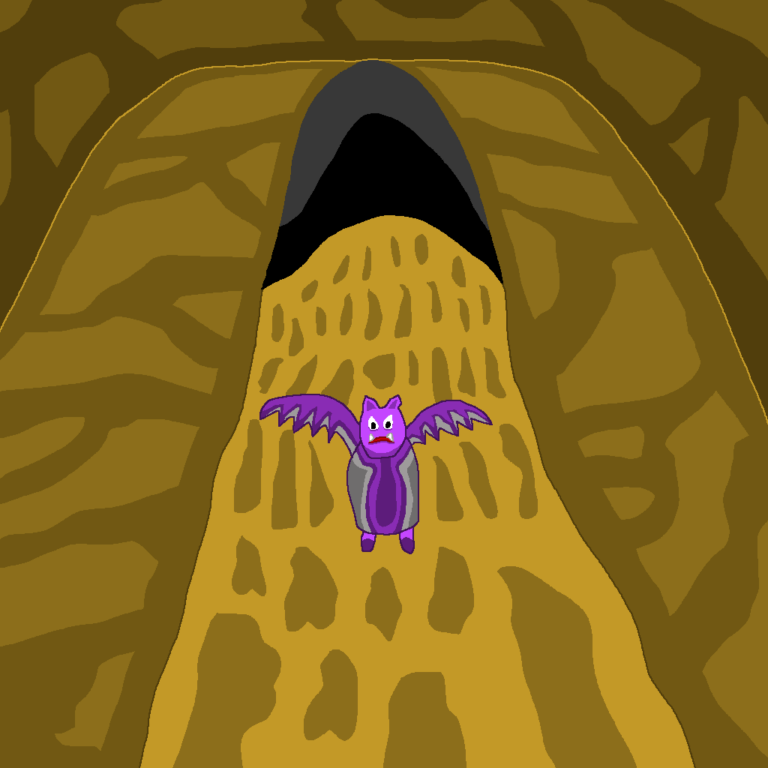Join US
Do you want to build the fantasy world you’ve always dreamed of?
Subscribe to receive notifications when a new post is out and for our monthly newsletter!
You can always unsubscribe anytime.


While the fantasy genre is among the most popular, it isn’t without its fair share of controversy. A debate that’s risen to the forefront and shows no signs of abating anytime soon is the question of how much realism there ought to be in both a fantasy world and its story. There are pros and cons of this and this article will dive into the question of realism in fantasy.
But before we take a look at both sides, it would be prudent to define what exactly realism in fantasy means. The trouble with that is many people have different definitions of what that entails which only compounds the difficulties of reaching a resolution that is not only acceptable to both sides but doesn’t diminish the specialness of fantasy in people’s hearts.
So what is realism in fantasy? In broad terms, it refers to making a fantasy world more similar to the one we live in today. Our world is comprised with a dynamic set of rules and conventions that everyone must adhere to. As such, many fantasy authors who include elements of realism in their stories have to work extra hard to ensure that adding these elements don’t deter away from the magical imagination that the genre is known for.
Realism in fantasy comes with several benefits, one being that it makes it easier for readers to grasp what’s going on in the plot. Adding real world elements that readers know helps them be more immersed in the story since they don’t have to learn new things or elements from scratch. Using these elements help enrich the plot and make a fantasy world feel more like ours.
On the other side, there are disadvantages to adding realism to a fantasy story. For instance, the story or the world itself can lose some of its charm, that special quality that fans associate with the genre. In some cases, a fantasy story or world can feel too realistic to the point that some people don’t consider it part of the genre.
If you like this article and are interested in seeing what else we have to offer, check out our blog page where we have plenty for you to peruse through!
The fundamental tenet of realism in fantasy is that it makes a fantasy world feel more like the real world. Some of the greatest stories in our time like “Lord of the Rings” do this to great effect. There are five principal ways to make it happen.
The first one is establishing a set of rules and conventions similar to ours that people in a fantasy world must abide by. These rules range from the types of governments that exist in the world to laws and how lawbreakers are punished. Conventions like how different social classes interact with each other as well as those of the same class are often used to showcase what life is like for people across the social hierarchy. Titles are denoted by their rank in social position.
The second aspect of realism in fantasy revolves around worldbuilding. You have to show your audience why the people of your world live where they live, why they live in the type of buildings they call home, and so on. Highlighting their culture and how they perceive different countries or places enables the audience to learn about them and where they fit in the grand scheme of things.

Element number three, the characters, is not only an integral part of worldbuilding, it’s important for the plot. Much like people in the real world, fantasy characters are complex and dynamic creatures. They have their own personalities, their goals and the lengths they’re willing to go to in order to attain them. Moreover, they interact with each other based on how they perceive each other.
The fourth element of realism in fantasy focuses on the magical/supernatural aspect of the world. A fantasy world is governed by a set of rules and limitations and this applies to whatever magical or supernatural elements appear in said world. These rules can range from how they can be used against people to battling until both sides are exhausted. This gives authors many opportunities to craft something their readers can understand and increases their enjoyment of the plot!
Finally, the fifth element refers to the history of the world. Just as we have our own history, the people of a fantasy world have their own. Many stories typically feature a powerful civilization inspired by the Roman Empire that dominated a great part of the world before falling to ruin where subsequent civilizations live in its shadows and grip with the effects that persist long after its fall. Showing important or pivotal events that shaped the world as your readers know it adds depth to it and provides context as to why things are the way they are in the plot.
Bringing a realistic flavor to fantasy comes with several benefits, all of which result in an enjoyable experience. The number one goal of a fantasy writer is to create something that his readers love and want to return to time and time again. Beware, you have your work cut out, for there is a fine balancing act to realism in fantasy.
The number one pro is that it makes it easier for readers to know what’s going on and follow the story. The stories in the genre can be simple like throwing a ring into a volcano or complex as different factions competing for dominion over a continent. While you’re introducing strange and unusual names of the places and the characters that play a role in the plot, the story itself is clear and concise due to it being inspired from real world events.
Moving onto the second advantage, including real world elements such as weapons or food go a long way in making a world based on fantasy feel realistic. Your characters will need things with which to fight to defend themselves or do harm against others or food to eat for survival. Additional ones like transportation or the types of buildings people live in help make for a vibrant world where something is always going on somewhere.

The day-night cycle is the third benefit of realism in fantasy. Many fantasy worlds have advanced to the point where they have clocks which enable people to create time-based events such as the hours of operation a store is open. The day-night cycle gives people time to sleep, work, or do other activities like practicing their swordsmanship, thereby making the world feel more like ours.
Number four on the list is celebrations/important events. Events like a royal coronation and celebrating a holiday are major events, not just for a kingdom but for everyone who resides within. They help make people feel more connected to each other since but expand upon the lore of the kingdom. Building a sense of kinship and camaraderie among fantasy people as they mark important milestones makes it easier for your readers to identify with them.
Lastly, the weather is a major benefit of realism in fantasy. The power of weather can and will impact the world and the plot in unexpected ways. A torrential rainstorm might cut off a major road or a lightning bolt might strike a tree and start a fire that threatens to consume everything in its path. Adding weather to a fantasy world can upend the story, for good or ill!
While there are good aspects about infusing a world based on fantasy with a realistic flavor, it does have its own drawbacks. These drawbacks can wind up dragging the plot down, thereby hampering your audience’s enjoyment. Take great steps to avoid having these pitfalls in your story!
First and foremost, having too much realism in a fantasy world makes it too eerily similar to ours. People read fantasy books to escape from the real world; they don’t want it to feel like a copy of it. Take great care to ensure that it doesn’t feel like the world we live in but rather something of its own.

Secondly, it can lead to lazy writing. Borrowing too much from reality runs the risk of destroying the creative freedom where authors create a world and its story from their imagination. Focus on ensuring that your writing feels like something that would fit right in the genre, not the real world.
It runs the risk of destroying that special, mystical quality associated with the genre. When people think of fantasy, dragons, kings and queens, and many other popular elements come to mind. Infusing too much reality into the world makes it less of a fantasy world and one more in line alongside our own. Work to keep that special quality intact at all costs.
The fourth bad thing about realism in fantasy is that sometimes it can stifle creativity. Having a world that feels a tad too close to ours limits the lengths in which a writer can create an interesting, unique story as said story must adhere to the rules and conventions of the world. To prevent this from happening to you, structure it in a way that makes it flexible and easy to work with so that you can still produce a compelling tale that complies with the rules of the world.
To summarize, realism in fantasy is a hot topic among fans of the genre. One side champions the idea that it makes it easier for people to immerse themselves in the story and world whereas the other side fears it can tarnish the things that make fantasy so beloved across the world.
Realism in fantasy encompasses a wide spectrum of things such as the type of weapons used in battle to the forms of government seen in the world. Featuring these real-world elements enable readers to easily imagine what they look like in their mind, for they already know what they look like. Furthermore, they help enrich a fantasy world, thereby making people curious to learn more about it.
Adding a realistic touch to a world based in fantasy has several advantages and they substantially increase the readers’ experience as they turn the pages. People like stories that are easy to follow and understand and a world where they can easily see how it works. Incorporating realism in fantasy goes a long way in achieving both to great success!
However, it can have its drawbacks. Pitfalls such as going overboard with the realism to the point where it no longer feels like a fantasy tale can and will lower people’s enjoyment. You want to work assiduously to prevent them from harming the world and plot you expended so much time and energy in building from scratch.
So how much realism should you have in your story? That’s only something you can answer for yourself but hopefully this article helps you make that decision!
Let me know what you think in the comments below. (Note: this is an account-exclusive feature).
If you don’t have one, you can register here. It only takes a few moments of your time!
Liked this article and want to subscribe? All you have to do is fill out the form below and that’s it!
Thanks for reading this and until the next time,
Sunfire
Subscribing means you receive:
You can always unsubscribe anytime.
Do you want to build the fantasy world you’ve always dreamed of?
Subscribe to receive notifications when a new post is out and for our monthly newsletter!
You can always unsubscribe anytime.